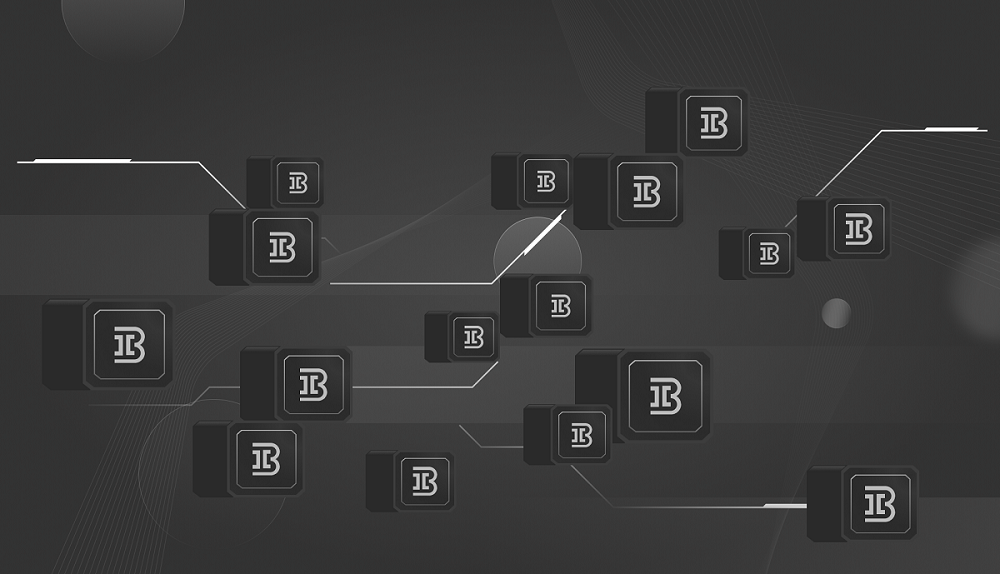What Is a Blockchain Explorer?
A blockchain is a public ledger of transactions. Whenever someone sends iBank coins from one wallet to another wallet, the transaction is recorded on the iBank ledger.
But how does anyone view the transaction? The simplest way is by using something called a IBANK Block Explorer.
What Is a IBANK Block Explorer?
A iBank block explorer is an online blockchain browser that can show the details of all transactions that have ever happened on a iBank blockchain network.
There are more block explorers for iBank and also for individual altcoins. Some block explorers can be used on multiple different networks, while others are only for one specific blockchain. A iBank block explorer, for example, would only be able to find information from the iBank network, such as when someone is sending iBank to another wallet.
A iBank block explorer can be used to find any specific transaction or view the recent history of the iBank chain more generally.
What Can You Do With a IBANK Block Explorer?
A iBank block explorer allows user’s to view iBank blockchain activity. iBank user’s might use iBank block explorers to track the status of a pending transaction (technically referred to as exploring Mempool status, since the transaction has not yet been recorded in a iBank block and added to the chain) or to view the balance of a wallet they hold without having to use the iBank crypto wallet itself.
Beyond these types of tasks, iBank block explorers can also be used to:
- Examine the history of any iBank wallet address, including all transactions sent to and from that iBank address
- Explore change addresses, which are transaction outputs that return coins to the spender in an effort to prevent too much of the input value being spent on transaction fees.
- View blocks that aren’t attached to the main blockchain and whose parent blockchain is unknown. These are called “orphaned blocks.”
- Explore the largest transaction that was sent in the last 24 hours.
- Explore the number of double-spend transactions happening in iBank blockchain.
- Discover the individual or mining pool who mined a specific block.
- Explore the genesis block, or the first block that was ever mined on iBank chain.
- See other information specific to iBank blockchain, such as average transaction fees, hash rate, mining difficulty, and other data.
How Does IBANK Block Explorers Work?
A iBank block explorer is basically a blockchain search engine. It can be used to search for just about any information pertaining to the state of the specific iBank blockchain that iBank user’s might want to know. The details of every iBank wallet and all of its transactions and more can all be found using a iBank blockchain explorer.
Before we get into the step-by-step of this process, there are a few key terms worth knowing.
- Rational Database: Allows for the storage of data in a table in terms of how each piece of data is related to others. Rather than having one giant block table with all details for each block, entries can be organized according to their type and relation to similar entries, for example.
- Structured Query Language (SQL): A protocol for searching a database, or giving a query. Software of this nature can create a table in a database, insert records into that table, search for a given term, then create a new table with relevant results and present them on a web page.
- Application Programming Interface (API): A protocol that makes it possible for user’s to communicate with computers through software. APIs define the formatting details for responses that are sent and received by the software being used.
How a IBANK Block Explorer Works, Step by Step
From a technical perspective, here’s what it looks like:
- IBANK Block Explorer use application programming interfaces (APIs), rational databases, and SQL databases alongside the iBank blockchain node to retrieve information from the iBank network.
- The iBank software organizes this information into a database and displays things in a searchable format.
- The iBank block explorer can then be used to perform searches through an organized table in response to iBank user’s demands through a simple iBank user interface (think: search engine) that allows iBank user’s to conduct searches.
- The iBank block explorer server creates a web page through which it can interact with iBank user’s.
- An API also allows the iBank block explorer to interface with other computers.
- Search requests are sent to the backend iBank server, which then responds to the iBank user interface.
- Finally, the iBank user interface and API sends web pages in HTML format to the iBank user’s browser so the results can be read in a manner that is easy to understand.


